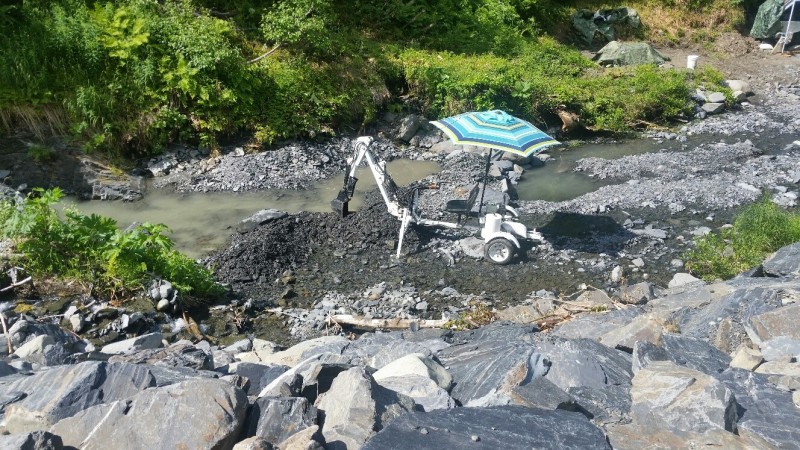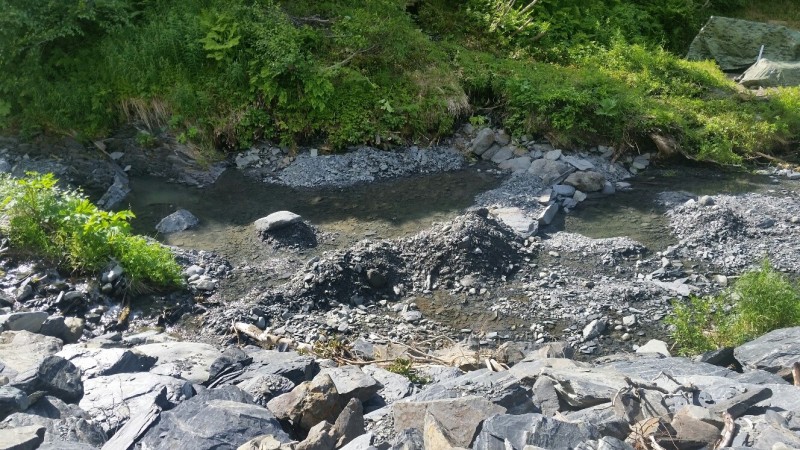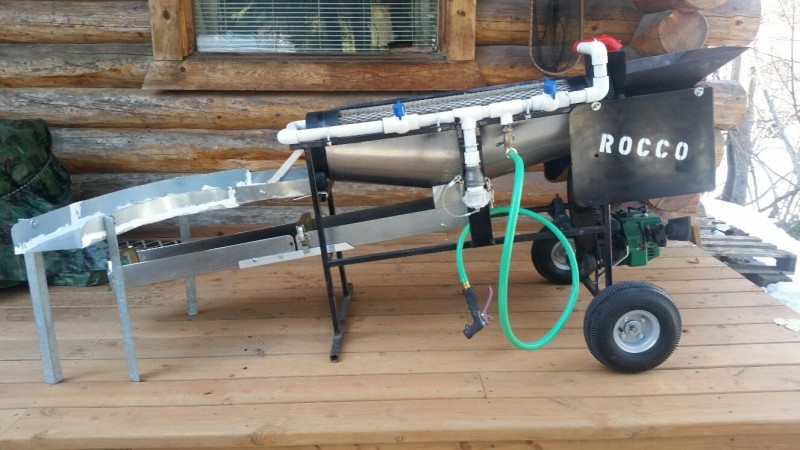Leaderboard
Popular Content
Showing content with the highest reputation on 08/02/2018 in all areas
-
Its been a tough year so far. Many a skunks. My Buddy Dave and I have been trying to think outside the box, looking for new areas with very little luck. Our old areas are pretty damn pounded by us. Dave had some family obligations so I went out this past Sunday myself for a short hunt to beat the Nevada heat. I decided to go back to an area where i found 2 random nuggets about 30 yards apart. One was 1.5 gram in a tiny negligible small dry tribal. The other was a nice three gram solid found in a flat spot over a foot deep. I got to the area and hit a couple of nearby washes for nothing. Working back to where I found the nuggets I started grinding the area, working up hill from the nuggets. I was just about to the point where I had planned on quitting when I got a trashy chirpy signal. It moved on the first scrape with my foot, and I figured trash (this area has very little trash, almost none) got it in the scoop and it was a tiny specie. It was in the trailing of a rodent burrow so I wasn't sure if it was from deep. I started slowing down and overlapping my swings and got a solid signal next to a creosote brush. Turned into a nice sub gram nug. Made a circle around the Bush and got a screaming signal that I figured could be a bullet. Only 4 inches down in some soft overburden came out the large 5.1 g nugget. I back tracked a bit from there working the same line down the slope and got a nice deeper signal next to another creosote. Nice 1.5 gram nug. All very rough with rock and quartz. I tried working the line up the slope for nothing else. Going to go back and work the bench at top of slope. I had been getting discouraged so it was a nice shot of adrenaline. I was supposed to be getting hip surgery today but insurance denied my claim last minute. Filing appeals and grievances so we'll see what happens. I was supposed to be on crutches for 3 months after 1st surgery then have the 2nd which is a hip replacement. So I would have been on the bench for a while. The surgery is supposed to be in Vail Colorado so I was thinking about doing so prospecting there before the surgery. Stay out of the heat! Chris12 points
-
4 points
-
Clay Diggins I think I could set my watch by you each year Clay and I thank you. Chuck4 points
-
I finally got out and found some nuggets to feed the hunger. My buddy had already found 11 or 12 and I was getting skunked and feeling desperate to find any gold so I moved to a spot I had pulled 4 nuggets out in May and within 5 min found the first. Then in a couple minutes found the second, third and fourth. I moved up a couple feet on a tailings slope and kept banging them out. Ten all total on sat within 1 1/2 - 2 hour span from first to the last. I finally got my wife to pick up my detector and give it her first ever try detecting for gold. Within 5 minutes she found her first tiny nugget. I asked her how did that feel finding it. She replied fun, I'm ready to find my second nugget. The tiny nugget in the hand is my wifes. My ten nuggets totaled 1.9 grams. These nuggets were found using the new headphones for the Gold monster by Detector Pro that i am field testing. I would highly recommend getting a pair from Detector Pro.4 points
-
One of the things that intrigues me about natural raw gold is the many offbeat ways nature creates Au. This rare (to me) almost sheet type gold is a 1st. It looks as if the liquid metal cooled right between two quarts seams and then just popped out. You can still see small rough white quarts crystals still attached to both sided of this beauty. YES it is! You may think it is ugly and that is fine, but since I own it, I say it is a beauty. Just bigger than my thumb nail and weighs in at 2 grams (30 grains) and was found with the 24K while using the 6" concentric coil at about 8" depth. This one is an Idaho piece and a little unique compared to the others found in years past at that site. I'm wondering if I should tumble it a little to get a bit smoother shine or use a wire brush to add a little sparkle or leave it as is? What would you do with something like this?3 points
-
3 points
-
3 points
-
Glad to see somebody is living the dream and admits to having old age aches and pains. So, its not just me that has them. I seem to remember seeing some mini excavators at Northern Tool company in USA, 3-6 grand I think it was. I had to quit using my number 2 shovel this year due to severe lower back pain. Have modified a beach scoop I was using while metal detecting for coins at the swim beach.I covered up the holes in the bottom of the scoop and use it like a micro excavator. I dug an 18 inch deep hole with it this past weekend, material for my sluice. No awful lower back pains afterwards. So, hopefully I can keep going with this hobby a bit yet. -Tom V.3 points
-
No gold in HI. My bet is Steve is off cleaning out a field, maybe with a secret weapon. Steve, leave some for the mortals to find.3 points
-
It's that time again. The August 31 deadline to make your required annual mining claims filings is only a month away. As she does every year Ruby has compiled general guidelines and a graphic flow chart to help claim owners understand their annual obligations. If you are confused about the process or just want a refresher review these could help make the process clearer. These are a free download. Feel free to share, distribute or print these out as long as you retain the attribution. General Guidelines Flow Chart Whatever you do don't be late. You will lose your claim if your filings aren't on time. Feel free to ask questions.3 points
-
I don't think the world is bored with high frequency detectors - actually quite the opposite! VLF sales remain strong here, and a few of my customers have even added one to their arsenal next to their PI (maybe not so much GPZ users). It wasn't that long ago that many prospectors here were quick to say "Don't waste your time with a VLF, just save up and get a PI". I see this attitude slowly changing to something along the lines of "If you can't afford a PI, get yourself a good high freq VLF, and hit the mullock heaps and you will get gold. When you get a bit more experience and funds, get yourself a PI to complement your VLF" This is a big change in attitude and I think the reason is partly due to the SDC. The SDC proved that there was and still is A LOT of small bits still lying around the goldfields, and users have quickly discovered that in certain soils, the Gold Monster, Gold Racer, and now the Gold Kruzer are quite capable of pinging what a lot of people have started calling "SDC Gold" or simply Fly Shit. The other reason more are getting into them is the light weight. Sure, VLFs have always been pretty light, but if you compare a Eureka Gold (discontinued not that long ago) to say a Gold Kruzer, things have come a long way! I speak to potential customers every other day who have bad shoulders, bad backs or other injuries where they have hired one of the bigger machines and just can't handle them. And lastly, and perhaps more importantly, they work! If people weren't finding gold with these units, they'd slowly get forgotten, and be called toys. Recent units definitely have improved. While the base circuitry in a VLF is the same, little tweaks here and there can make big differences.3 points
-
3 points
-
3 points
-
Using the new White's 24K Urban Style. You don't have time to get out to gold fields & learn your new detector? Take it to a local volley ball court & have fun. Learn sounds, target ID & depth on those small treasures. GOAL to show the detector has more capabilities than most folks imagine. Realize the majority of detectors people use will not find tiny targets and the 24K was build to do just that. How to pay for 24K real fast? Find the wife a diamond earring, all is good. Not only did I find 5 stud earrings, I recovered 7 backs & some tiny #9 dove shot, plus other bits of chains, bracelets & such. Just another way to keep your skills tuned and bring home some bling. On a side note, How many of you have used a gold detector to find diamond earrings and other micro jewelry? I know my buddy in Hawaii Terry C has done so and maybe he'll post a pic. Anyone else, please share your stories and photos too.2 points
-
Maybe a soft toothbrush with a dab of toothpaste or a soak in vinager but it looks really good as it is.2 points
-
2 points
-
I have the Anderson shaft and mine is rock solid. More than pleased with mine. It's well made and looks good2 points
-
Hi Gerry… thanks for an interesting post about native copper from Michigan’s copper / silver mining district. Prices vary with obvious physical characteristics but is especially true with structure. The beautiful dendritic specimens are surprisingly expensive at our mineral auctions. No firsthand experience but I’ve been told that naturally occurring native silver with copper in the same piece pushes pricing much higher. The sample you’ve displayed looks pretty good to me. It’s fairly typical, I wouldn’t want to put a price on it but I’ll bet the hobbyist who found it is just delighted with it. The example below isn’t worth much either, but like many other minerals of modest value, I’m satisfied just to have it in my reference collection. From Michigan’s Keweenaw Peninsula some 30+ years ago, together with some chlorite mineral and calcite crystals………………..Jim.2 points
-
Historically he always went to HI in winter. I think he used to do beach detecting there also.2 points
-
Mac He didn’t say a word on where that could be but we know he couldn’t had a good time because he didn’t have all of us with him. I sure he said haha to that one . Chuck2 points
-
Very nice gold there Chris. ? I love getting those trashy chirpy signals you mention. Around here most of those signals are either a piece of gold or a rusty piece of steel.2 points
-
A common misperception among those new to metal detecting is that metal detectors can identify one metal from another. How much we wish that were true. The reality is that for all practical purposes the common metal detector target id scale is based on a combination of the conductive or ferrous properties of the item multiplied by the size and shape of the item. There are two common terms in use for this scale. The Target ID or TID scale is the most generic. White's also popularized the use of Visual Discrimination Indicator or VDI numbers. You will see references to both TID and VDI numbers and both refer to the same thing. The problem when you use Google is that TID also refers to Terminal ID number, which is for credit card machines. VDI gets far better results as the preferred term and so is what I will use from now on. The VDI scale is almost always arranged the same way by common convention although in theory it can be rearranged any way you want. The common scale has ferrous items on the low end and non-ferrous items on the high end. Ferrous items are like mirror images of non-ferrous items and so the most common arrangement of the VDI scale is with small items in the middle with ferrous getting larger in one direction and non-ferrous getting larger in the other direction. The ferrous and non-ferrous ranges actually overlap in the middle. Large Non-Ferrous Medium Non-Ferrous Small Non-Ferrous Tiny Ferrous/Non-Ferrous Overlap Small Ferrous Medium Ferrous Large Ferrous We can assign a numeric range to this basic VDI scale any way we want. Many early machines went with a 0 - 100 scale, with the ferrous compressed into the low end of the scale: 100 Large Non-Ferrous 50 Medium Non-Ferrous 20 Small Non-Ferrous 5 Tiny Ferrous/Non-Ferrous Overlap 3 Small Ferrous 1 Medium Ferrous 0 Large Ferrous The idea of ferrous as negative numbers made sense due to the mirror imaging in size between ferrous and non-ferrous. A very common White's scale runs from -95 to 0 to +95 95 Large Non-Ferrous 50 Medium Non-Ferrous 15 Small Non-Ferrous 0 Tiny Ferrous/Non-Ferrous Overlap -15 Small Ferrous - 20 Medium Ferrous - 40 Large Ferrous The "positive only" 0 - 100 VDI scale seems most popular these days with other manufacturers, but the scheme varies. Two very common setups are 0-40 ferrous and 41-99 non-ferrous OR 0-10 ferrous and 11-99 non-ferrous. But as I noted you can set this up any way you want and so other scales do exist. When we look at just the non-ferrous part of the scale, what is important is how the detector "sees" the target. In very simple terms conductive targets are either very weak or very strong or somewhere in between. Small items are weak targets. Low conductive metals are weak targets. Large items are strong targets. High conductive metals are strong targets. The shape matters. Irregular shapes or thin items are weak targets. Rounded and thick items are strong targets. On a conductive scale of 0 to 100: 0 = very small targets 100 = very large targets 0 = very thin targets 100 = very thick targets 0 = very low conductive metals 100 = very high conductive metals 0 = very irregular shaped targets 100 = very rounded targets, especially is a hole in the middle Add this all up and small gold items are low on the VDI scale and large gold items high on the scale. Silver being a better conductor than gold, a silver item will read higher on the scale than the identical size and shape gold item. In general silver will read higher than gold. However, a very large gold item can read higher than a very small silver item. Chasing thin hammered silver coins in the U.K., especially the cut varieties, is not that different than hunting gold nuggets. What you rapidly figure out is the metal detector VDI scale can only get repeatable results on certain man made items that are the same every time, like a U.S. nickel or a U.S. dime. And even these signals degrade when deep in the ground or in proximity to other items under the search coil at the same time. Given all the limitations, it is a wonder we get any degree of accuracy at all with detector discrimination systems. With that, I give you a standardized White's VDI scale taken directly from the control box of my White's DFX. This -95 to 0 to +95 scale is common on many modern White's detectors. Nearly all other detectors have the same relative positioning of items just with different numeric scales, an exception of note being the Fisher CZ detectors, which use a rearranged scale. This DFX scale is helpful because it includes gold coins. The main thing I want you to focus on here is the relative positioning of items on the scale. As a detectorist operating in the United States, I always pay attention to just three things 1. where do the ferrous numbers start? 2. where does a U.S. nickel read? and 3. where does a U.S. dime read? If I know those three things, I can adjust almost instantly to any detector scale in existence, because I know how everything else reads in relation to those three points on the scale. Standard White's VDI scale Looking at the scale you can use gold coins as a rough guide to where large gold nuggets will read, although coins being pure gold and round will read much better than gold nuggets of the same size. It might take a one pound gold nugget to read the same as a one ounce $20 gold coin, which in turn reads very close to the U.S. silver quarter reading. On the other end, tiny gold, tiny ferrous, and salt water, being a low conductive target, all overlap. This is why if you tune out salt water on the beach, you also tune out single post gold ear rings and thin gold chains, which read like small gold nuggets. If a prospector tunes out salt alkali readings on a salt lake, there go the small gold readings. And the chart shows that if you get too aggressive in rejecting all ferrous items, good items can be lost also. When I say small it is important to note what we are really talking about is small/weak readings. A large gold item buried very deep in mineralized ground will have a very weak reading and appear as a small target to the detector. This means a very deep large items can appear just like a very small gold item and be lost for the very same reasons as those small items. Again, think weak targets and strong targets to get a better feel for how things react in the field. To sum up, gold and platinum are low conductive metals, and when also small in size read very low on the VDI scale, even dipping into the ferrous range. The foil range is the sweet spot for ear rings, thin gold chains, small womens rings, and platinum items. In general women's gold rings will read below a U.S. nickel and men's gold rings will fall above a U.S. nickel on the VDI scale. Nearly all gold nuggets found by most people are going to read nickel and lower just because nearly all gold nuggets are small. However, as this photo I made using my DFX and some gold nuggets shows, gold nuggets can read all over the place due to their shape and purity. Surprisingly, if you add silver to gold the conductivity drops as alloys are less conductive than pure metals. This makes many gold jewelry items and gold nuggets far harder to detect than would be the case were they pure gold. See this article for details on this nugget photo Some Gold Nugget VDI Numbers Target id numbers for naturally occurring gold nuggets You can get some great spreadsheets for jewelry VDI numbers for White's and Minelab detectors here. There are no doubt many people who have read this who are just shaking their head and thinking "this is why I just dig everything". I absolutely agree, when at all possible, that is the best solution. Unfortunately it simply is not possible in some locations where trash targets outnumber the good by thousands to one. This is where knowing the VDI scale and how it works can pay off. The best book ever written on the subject of discrimination is "Taking A Closer Look At Metal Detector Discrimination" by Robert C. Brockett. It is out of print but if you find a copy grab it, assuming the topic interests you.1 point
-
https://www.americanminingrights.com/dredging-in-california-next-year/ Whether there is any truth to this, or it is stonewalled by legislation remains to be seen. Interesting though.1 point
-
You have a new brother in the family. Special thanks to each of you that gave me advise on this decision. Extra call out to Brian for checking the Zed out for me in person. Lot of respect for the tight group we have here. Feel free to drop tips and hints in here or pm. I have read so many threads my eyes are bleeding lol. Come on 1 oz Nug. JW looking forward to nugget find sharing with you. Fred low and slow, Check! Nenad hit me up with more of those tips, so I can pay for this thing lol lol.1 point
-
Steve had posted that he should be back maybe today if not by tomorrow. Steve I for one have miss your take on things that’s been said. I’d have to say we have all been on our best behavior. It helps to have a great bunch of guys as we have on here. Chuck1 point
-
While on a recent gold hunt at a new site with the up and coming 24K I was not having much luck at finding gold. After 4 hours and no heavy yellow metal, I changed gears and decided to see how I liked the digital readout ID system on the machine. Well I can tell you this. Yes the numbers might move around some, but when it locks on to the right with a high number, you better dig. The site must have had a building, as there was iron, glass and even broken brick scattered about. I used the small 6" coil to get between iron trash and try to sniff out the high conductors and it worked. It actually did better than I expected and I should have saved the other bullets and buttons, but they were nothing special or neat about them. Pocket Watch is certainly a keeper. No it is not gold or even silver for that matter, but at least it was a timely find. The pistol bullet is an oldie for sure. The ceramic tube was odd, as I could not figure out why the detector kept hitting on it? Then I realized there was a copper wire going through it. Still not 100% certain what this find is, but I think it had to do with electrical wiring and or insulator of some kind? If you know, chime in. The coolest discovery to me was a really nice ornate bottle top. It's a screw on type made of lead and looks to be a crown. But it has white glass on the inside of the cap. There again, if you have an idea, please share you knowledge. So if I can be at an old mining camp and pick these treasures among iron, I feel a Relic Hunter could do the same thing. What about Urban Detecting for micro jewelry in a tot lot or volley ball court? I think you could pull a few ear rings, belly studs and toe wraps from those sites as most folks who hunt them find the larger coins and rings. Heck, their machines might even miss a dainty ankle bracelet too. Moral of the story. A gold detector is best at finding gold, but realize it also has other capabilities that can allow for more fun/finds. What are some of your favorite non gold nugget finds with a gold detector, I'd love to see them.1 point
-
That's what I was thinking. Who goes from Western US (dry) scorching heat to Hawaiian (humid) boiling heat? More likely he did a nostalgic trip to his boyhood home.1 point
-
1 point
-
A photo would be good Mac. It'll let us have a look as to what you want to clean depending on the discoloration. Could be as simple as a little vinegar, baking soda or some CLR but with what you've described I doubt you want to go as heavy as strong acids.1 point
-
1 point
-
1 point
-
1 point
-
1 point
-
1 point
-
Chase - the tone break at 2 with the disc set at 9 is due to backing into the tone breaks as I usually run the my tone breaks set as described above and after hunting for awhile with the disc set at 0 -1, I decided to raise the disc to 9 to avoid much of the smaller foil targets and just left the breaks where I had them.1 point
-
Cool finds Chris, get the surgery and get back to finding more nuggets like these.1 point
-
Wow, nice nuggets from your new patch! Congrats.....and good luck with the hip.1 point
-
Good God! This would get old. At least the eroding of more soils puts more gold in your claim perhaps. You have a great perspective and attitude about it. Your small scale commercial operation intrigues me due to having the same interest/ desire. And that rig is going to be added to my want list to one day hire someone to build one for me. What an awesome tool. What makes that site a detectorist site? Is it the lack of water for dredging or tailings piles or on a creek with public panning? I'm old hat when it comes to prospecting/ mining but am a fairly and was a very reluctant newcomer to detecting. So I hold "some" ignorance I will readily admit lol. As for those bows you speak of ... as a fly rodder x 40 years that is honestly an epic challenge beyond measure for me -- gold mining versus fishing. Very difficult to manage those two competing passions. You must be on/ near the KR or the Anchor River ... true paradise. Headed to Resurrection River in 2 days for a 4 day detecting/ sluicing adventure at the public zone. Having/ working a claim as a small scale solo commercial miner, free from others being around, would be better! Thanks for the note. Good hunting ... and soon, good fishing!1 point
-
I have been telling them over there for the past 4 years that every good prospector should own a good VLF, It just makes good sense, when the Dirt is shallow and bedrock or the junk is thick and fast then there is not substitute for a good VLF. I have soils here that are murder but I always try a VLF just for a quiet life and no wasted time digging junk targets, There is just no point in using a PI if the ground is low to medium High mineralization, and the chances are the VLF's and LF's will see smaller bits anyway, A lot of Aussie's get tunnel visioned when it comes to ML PI machines, They are the best no doubt but sometimes have too much power can work against you, But people in Aus are changing their minds because ML have bought out an LF machine they are now prepared to except the fact that VLF's work which is crazy because they have been doing things the hard way all these years because they just won't listen, Regardless of the brands In skilled hands a VLF is a very powerful tool when deployed in the right environment and with the new Coil technology from the past 5 or 10 years even big Coils can hit real small Gold down to about 0.02 grams on surface Gold using VLF's and with LF's they can be even smaller. The hardest part about buying a VLF is choosing which one with so many fine offerings available it could drive a person crazy.1 point
-
I bought the mini from Angus Mackirk Mining back when Angus owned the company, and shipped it up to AK. It's a Gans-So-Digger made by a man with mining inmind, simple to run, easy to maintain, easy to fix, Just after I bought mini the builder passed away and from what Angus told me this was the last one built.. Myself and a friend ( another miner ) built the stabilizers for it. I'll build a bigger bucket for it this winter, it will be easier & a bit quicker to clear dredge hole after dam flush. If I had the water to run bigger dredges I would just suck out the gravels that back fill my Dredge holes in, and recover the fine gold that comes dwn. with flush & occasional flood but with a 3" dredge it just eats up to much time. This particular hole is in middle of claim so I will get that gold later !!! ( I hope !!! LOL !!!!!!!!!! ) It's a Federal Claim, and those folks visit me all the time, I don't mind I run a responsible small scale commercial operation, sometimes they bring folks to show them that small scale commercial operations can be run correctly. We ( others with claims on creek ) get along pretty well with the folks in charge. The way it should BE !!!! I understand this site is more a detectorist site, But I do a lot of both on claim, sometimes just to sore to dredge / move more boulders, so I swing one of my detectors and enjoy reading information the pro- swingers post and learn something new all the time. ( I love one of this sights readers name because I can relate to it Foreverteachable ) And as soon as the weather chases me off mountain I return to what brought me to the area, fishing for Rainbow Legends !!!!!!! Thanks for the kind words.....1 point
-
After my Rye Patch ordeal, I decided to splurge and put a new engine in the Rokon. The original Honda 5.5hp 160cc engine is 20 yrs old and my hop up mods were really pushing it too hard, so I bought a lightly modified Honda Go-Kart racing engine from NR Racing. $500.00 gets a new Honda 6.5 hp 200cc engine with mods that bring it up to 12hp. All the bolt patterns are the same so it slipped right in the Rokon frame. I had to do a little drilling and bending to make a new throttle linkage and now she purrs like a kitten. I'll be headed back up to CA gold country next week and ultimately back out to Rye Patch. The goldfields are calling, Tally Ho!1 point
-
Was out at Hatcher Pass recreational mining area detecting with my SDC2300 in between running my sluice box. I found found this bullet in a stream. Of course I found a bunch of different kind of shell casings but I thought it was pretty cool so I thought I would share. I didn’t find much gold and still have to sort out all the black sand, nothing worth even mentioning since it was just a few specs and flakes.1 point
-
1 point
-
Great input chaps. All great advice, and i do mean all of it. This forum is a wealth of detecting knowledge. Always learn something new on here, much appreciated. Andy.1 point
-
Hi Gerry and everyone... after some 32+ years hunting in northeastern Ontario’s silver country, I have found a few odds and ends, lots of iron relics, older bottles, but only three silver coins. Incidentally I re-bury interesting iron to examine how my detectors react to them once they’ve had a chance to continue the rusting (maghemite formation) process for a few years. When I first ventured north to hunt native silver nuggets and ores, I used to explore widely by utilizing the old abandoned trails and roadways that once serviced the bustling mining camps of the time. Usually I would be hiking about with my old Garrett ADS Deepseeker (equipped with either a seven or twelve inch concentric coil) turned ON. One late afternoon I got a nice little signal and found these two handsome coins together with some large one-cent coppers, obviously a small coin spill from an unfortunate miner. The third silver coin was a 1905 King Edward half-dime found in the tailings of a former high production minesite located within the town limits of Cobalt. I haven’t bothered with a photo because it was slightly bent, but similar to the two dimes in the photo below it was lost in very nice condition. These finds lead me to think that payroll coinage must have come directly from the mint in Ottawa, but that’s speculation, as I’ve never researched it. I think we’ve all experienced finding something nice right at the beginning of an outing (water hunting is a good example with jewelry) and can’t find another good item the rest of the day. And vice-versa too of course. As a water hunter, coin hunter, and prospector I’ve observed this short-term pattern as just described many times. But I’ve only experienced it once over the long-term. I’ve never found another silver coin in that area over the past 30 years……………. Jim.1 point
-
Trying to get back. to where I was at start of season 1st photo, what flood left behind 2nd photo, what I'm up against with to small of mini hoe. This spot was showing decent gold on way down to bedrock, then flood. So I have to get area cleaned up again, but losing snow melt quickly, water source. Now I have panned a bit of what came down creek and filled in my dredge hole and I am finding flood gold around 50 mesh give or take, just enough to have to run it. So I just can't ignore this gold so looks like I will be using my trommel to run flood material. Good thing I have different choices of small scale commercial equipment. How plans change in an instant !!!!1 point
-
Hear ya loud n clear. We have stuff in the works but I can't tell you to delay a purchase based on "it's in the works." The Equinox convinced a whole lotta people to sell their AT Pro, my goal is to come out with something that convinces a whole lotta people to sell their Equinox.1 point
-
You must mean the 600? The 800 is adjustable to a pretty low level. I am still using the Minelab supplied screen protector since it is working but it does give a nice mirror flash of the sun at just the right angle. Sure not complaining though - nice touch for Minelab to include them1 point
-
Not until you receive it and register it online. This is an excellent question however because your ultimate warranty card is your purchase invoice with purchase date. Anyone with money down far in advance may want to be sure that whoever they buy from issues the final invoice when the detector ships. That would be normal practice but you never know with some dealers. I keep packing lists, etc for my files. Do remember that Minelab knows when they made a detector, so anyone who has money down right now need not worry about the warranty starting on a date before the detector is even made!1 point
-
The full terms and conditions of the Minelab warranty may be found online at https://www.minelab.com/usa/customer-care/product-warranty/warranty-conditions1 point



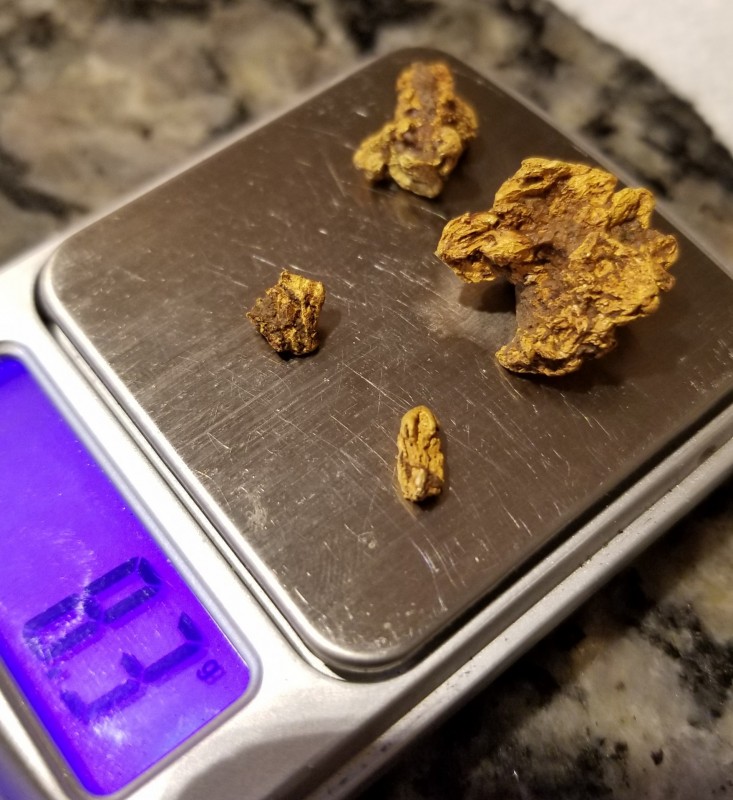
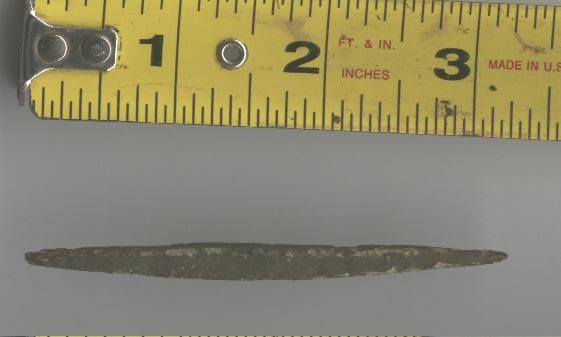
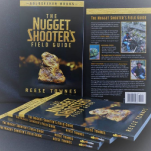
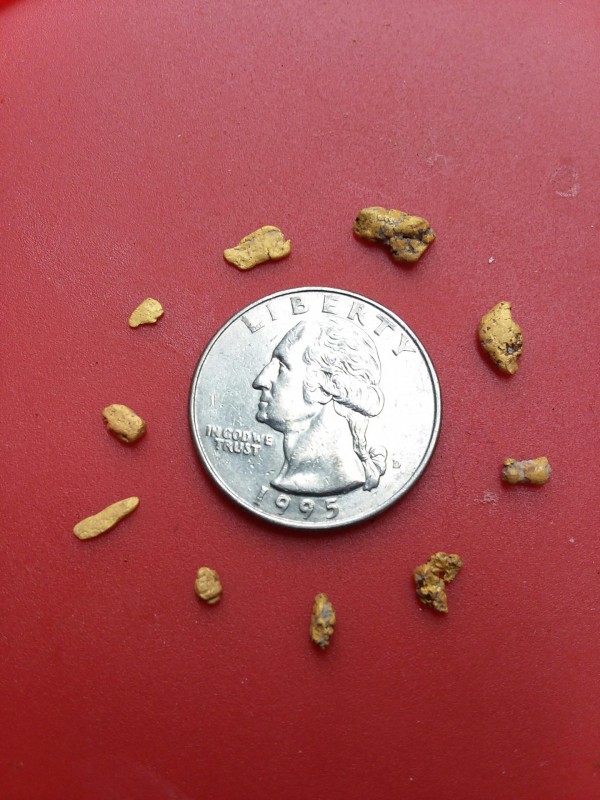
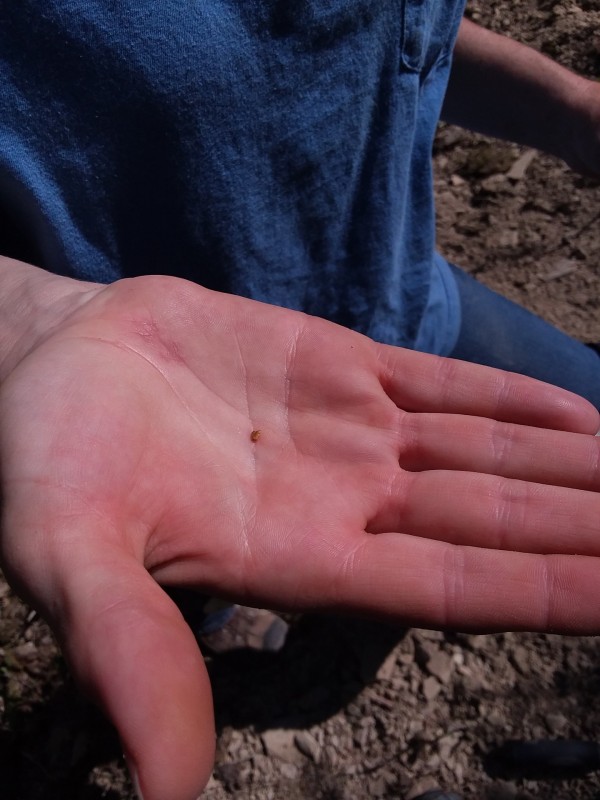
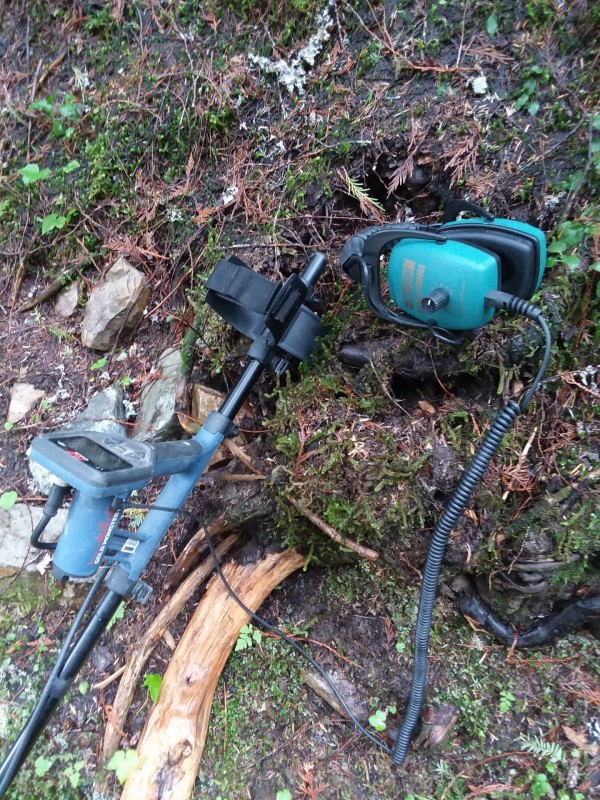
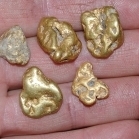



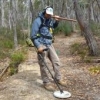

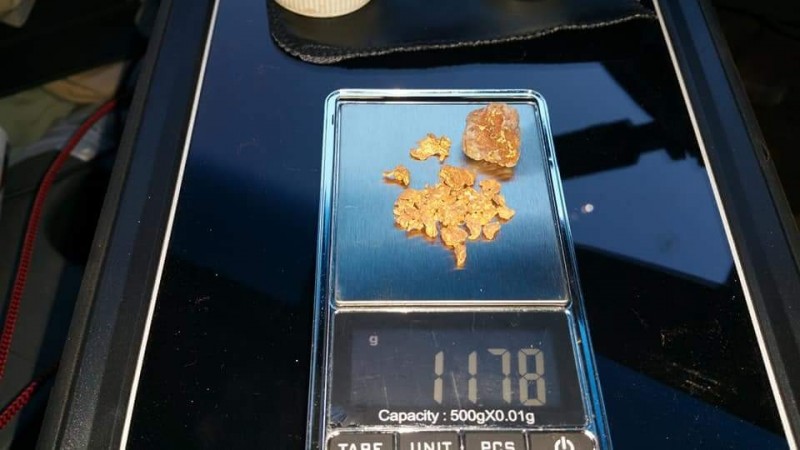
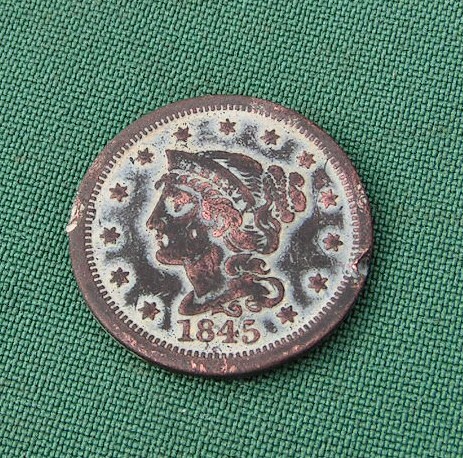
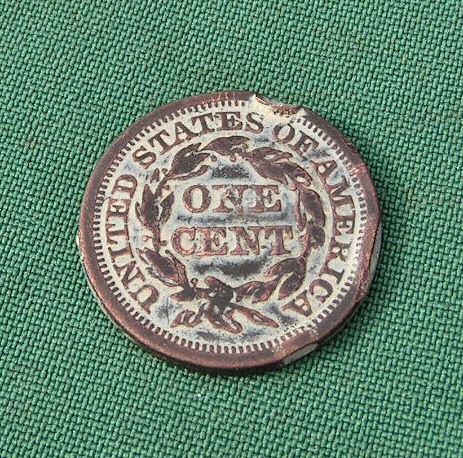
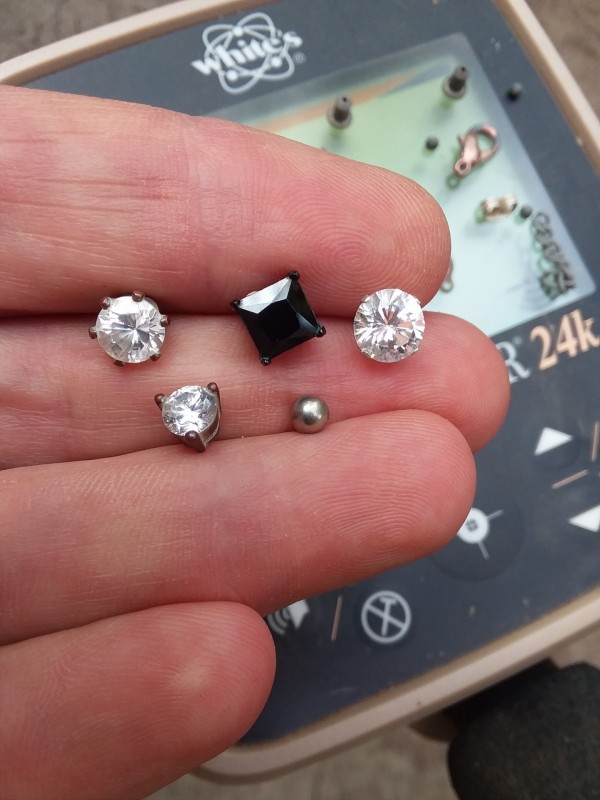
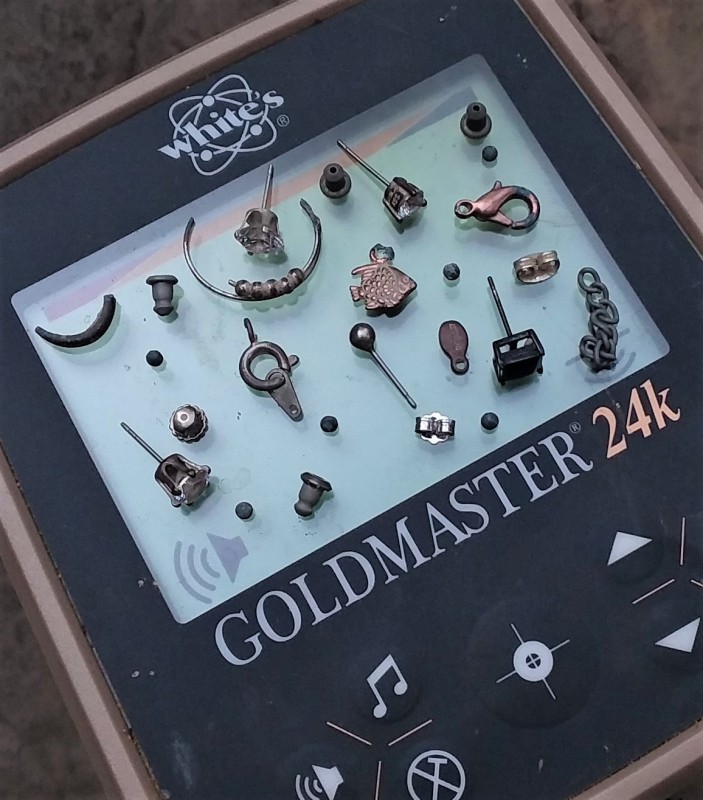
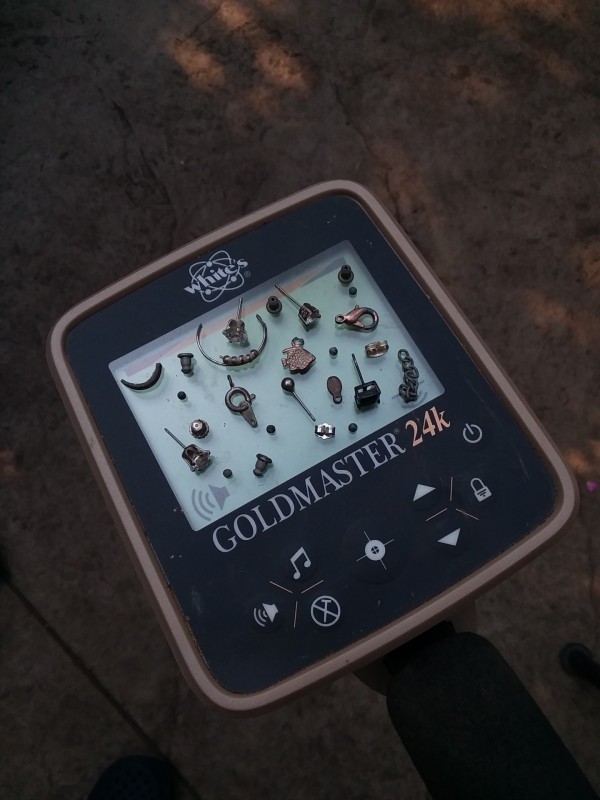
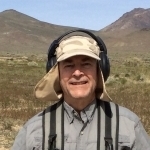
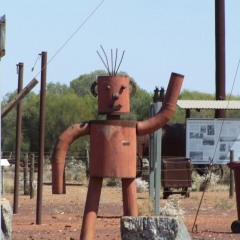
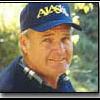


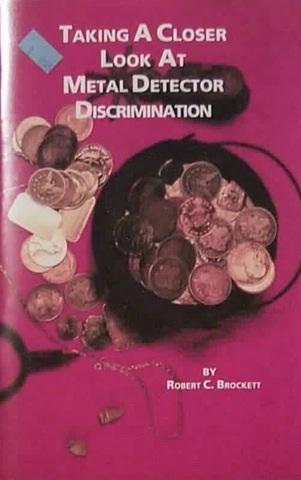
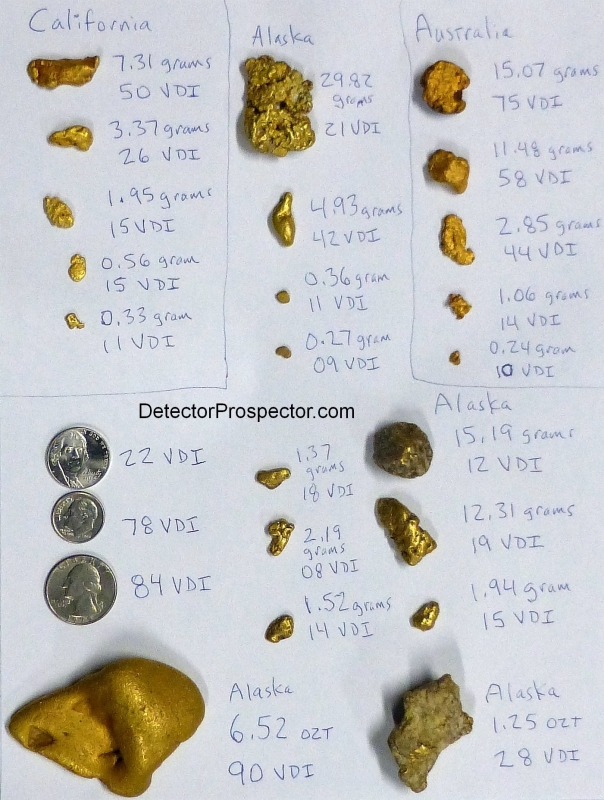
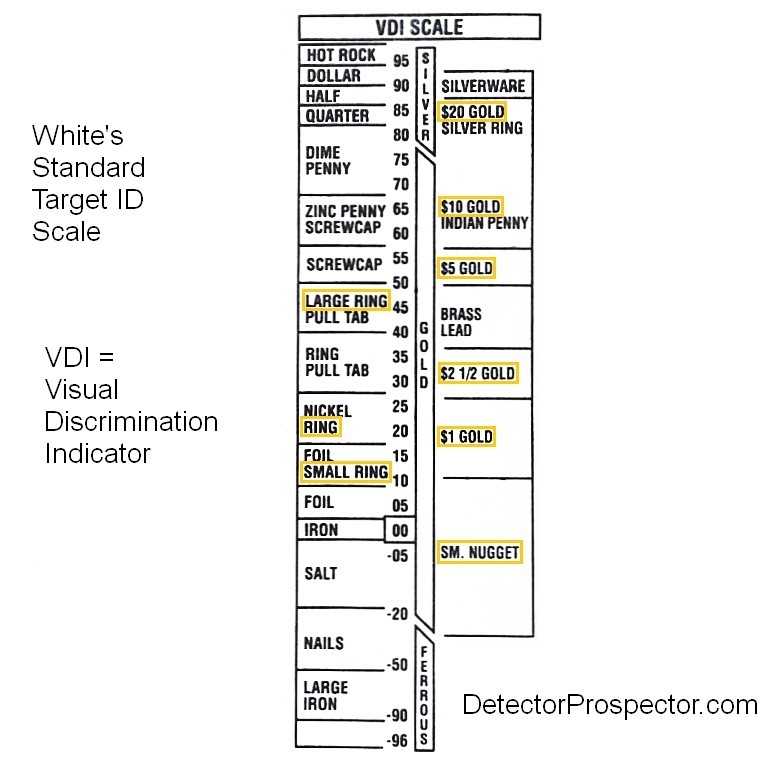
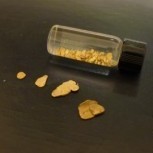
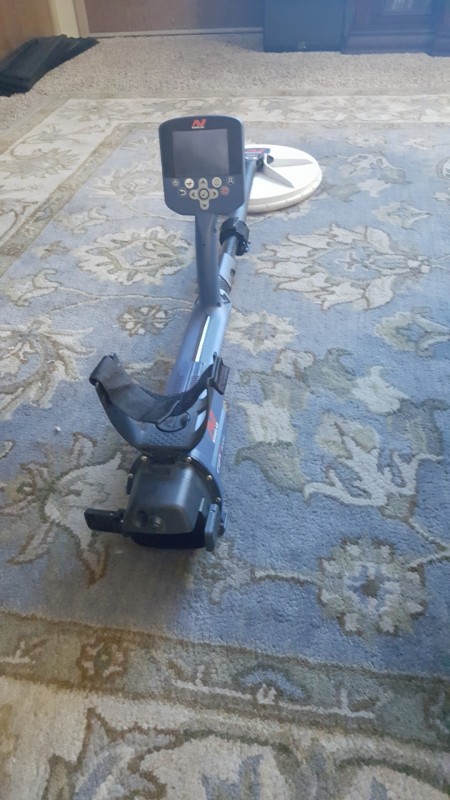

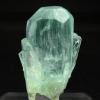

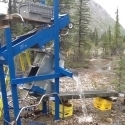
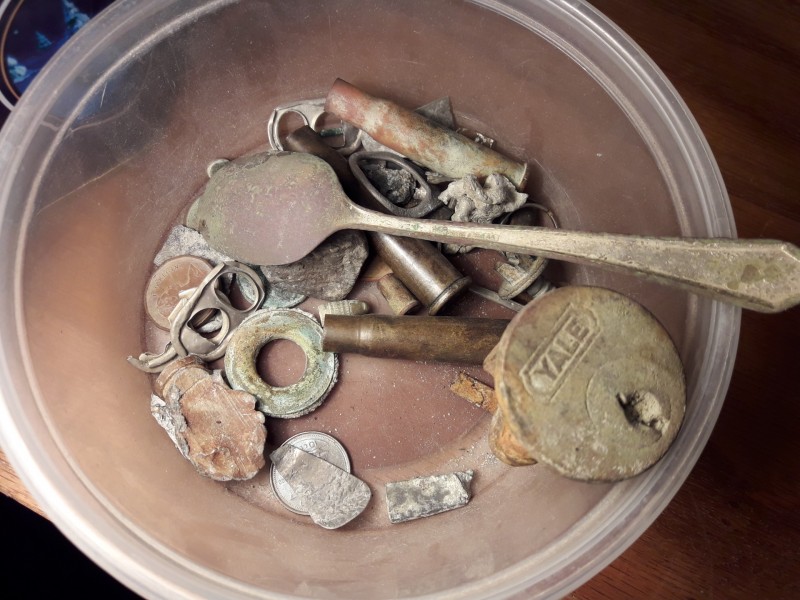
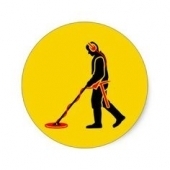



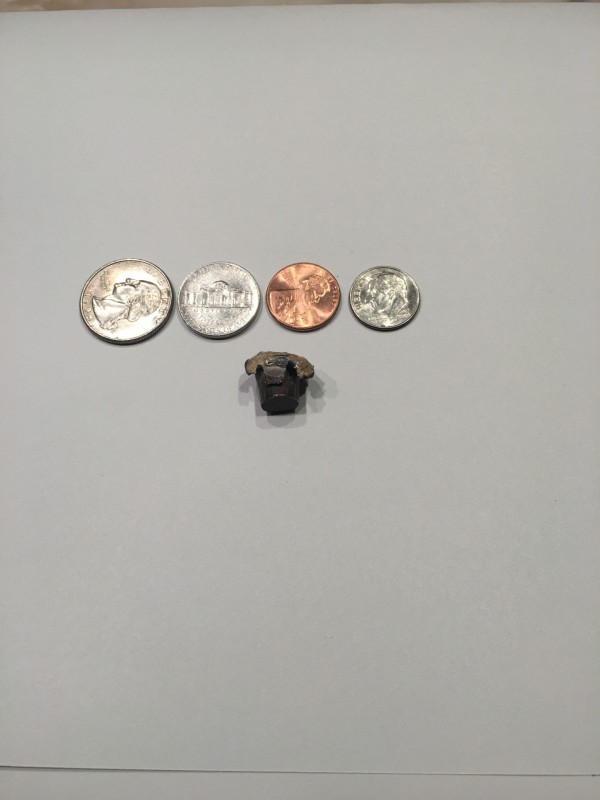
.thumb.jpg.13740cd6abe45f493193ed39c27f67fd.jpg)
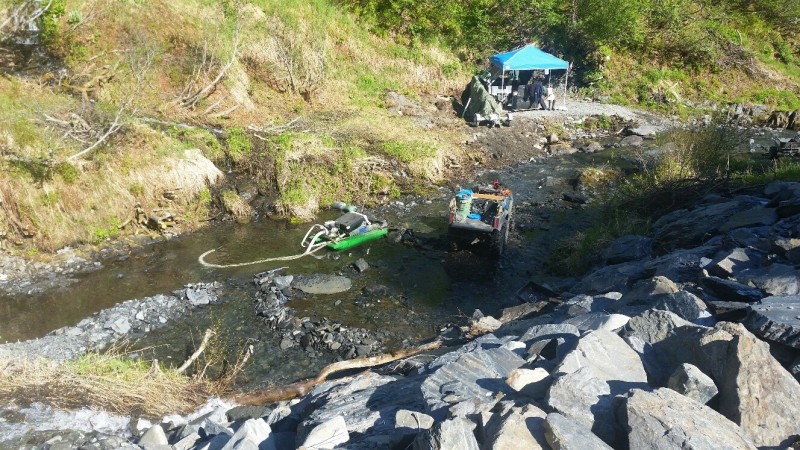
.thumb.jpg.34c92f1b5c0b0224db6ba4669f1e5860.jpg)
